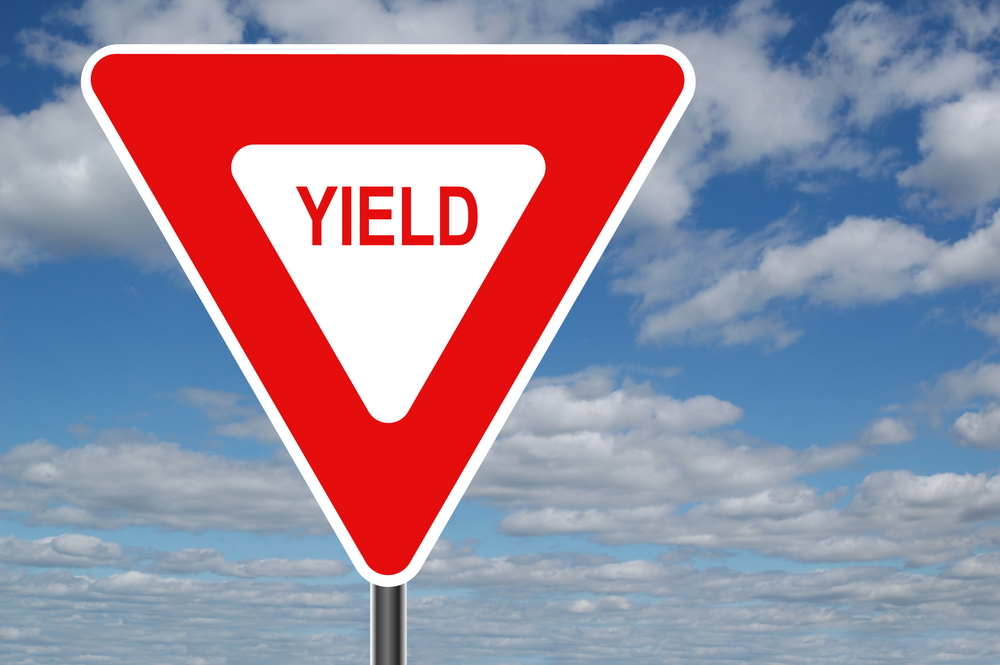 (281) 587-1111
(281) 587-1111
 (281) 587-1111
(281) 587-1111

For many drivers, the idea of the right-of-way can simply be a reference to the requirement that one needs to obey all traffic laws, including those at a controlled intersection. What yielding the right of way at a traffic signal and other situations in Texas is the focus of this article.
Understanding what the obligation to yield means can help keep you and your family safe. One of the most common causes of car accidents that personal injury attorneys hear is the other driver’s failure to yield.
However, yielding to the right-of-way in Texas does not just refer to instances at a controlled intersection and every aspect of driving, whether on a rural road facing a left turn, a dead-end or merging onto a multi-lane highway.
There are two pivotal reasons why you should understand how one should yield when it comes to who has the right of way.
Thus, one must understand when one has the right-of-way and when one should yield to the other cars and drivers on the road instead. Failing to yield the ROW is one of the main causes of car wrecks.
Texas has its own statutes about the right-of-way. Texas right-of-way law is set out in Section 545.151 of the Texas Transportation Code.
Obviously, if you have a yield sign, you must yield to oncoming traffic. Many dangerous intersections and entry and exit ramps are marked by a yield sign.
In Texas, one must yield to vehicles already in the intersection at an uncontrolled intersection.
If both vehicles arrive at a traffic light or intersection at the same time, the car on the right has the right-of-way.
When you see a stop sign and are turning right, continuing traffic has the right-of-way.
When turning left, you must yield to oncoming traffic.
Always yield to emergency vehicles with flashing lights and sirens on. If a police car, ambulance, or fire truck approaches, yield to them and safely get out of the way.
To determine who has the right-of-way over other vehicles when driving, consider the following guidelines to understand the rules of the road better:
Remember, you should never assume that the other driver or pedestrian will utilize the rules of the road! Just because eye contact is made between two vehicles does not mean the other individual will give you the right-of-way.
Be safe, slow down, assume the worst, and if you are a friendly driver, sometimes letting the other car go is the safe approach, even if it is your right to go first.
Thus, along with ensuring that you follow these guidelines, you must also use appropriate caution when necessary!
Always remember it is better to yield the right and, drive friendly and arrive safely than to be right and be in a car accident that was not your fault!
When approaching a highway exit ramp, the driver on the access road must yield to cars on the exit ramp.
If you and another vehicle arrive at the intersection simultaneously, yield to the car on the right.
In intersections that are not controlled, drivers should yield to any cars already at the intersection.
At a T-intersection, where one road meets a dead-end at its junction with another road (where you can turn right or left but not go straight), the driver on the dead-end road must yield to all cross-traffic traveling on the through street.
At intersections with multiple-lane roads, drivers on the smaller road must yield to those on the larger road.
One of the key elements of a successful car accident claim is proving who was at fault. The injured person who brings a case is required to prove fault. Violating a law or statute can go a long way to proving liability.
If you are injured in a car accident in Houston, right-of-way laws can assist in establishing who was at fault for the crash. And if you can prove fault by violating a statute or otherwise, it can help you get the compensation you deserve.
Getting an attorney with experience in car accident cases can help your mission for fair compensation.
An experienced attorney can advance your interest through settlement or a lawsuit for your case. If the crash was not your fault, consider at least talking with a car accident attorney about your claim. Baumgartner Law Firm offers a FREE, no-obligation consultation about your rights and options.

If you were hurt in a Houston car accident, call (281) 587-1111 for a no-obligation consultation with an experienced car accident lawyer in Houston.
NO CHARGES FOR AN INJURY ACCIDENT CONSULTATION!
Call Baumgartner Law Firm Personal Injury Lawyers at (281) 587-1111.
How a Traffic Ticker Affects a Personal Injury Case
Most Dangerous Roads in Houston
Determining Fault in Texas Car Accidents
Admissibility of Police Officer Opinions in a Crash Report
Is Texas a “No-Fault State for Car Wrecks?
What are my Rights After Getting Hurt in an Accident with a Commercial Vehicle?
Intersection Accident Attorneys in Houston
NEED HELP? HAVE QUESTIONS?